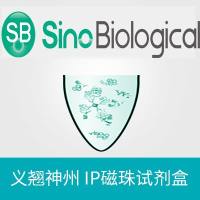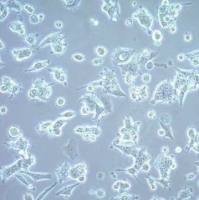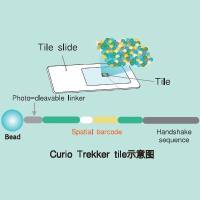Non-invasive Mapping of Lipids in Plant Tissue Using Magnetic Resonance Imaging
互联网
493
Plant oil has become an important component in the search for a replacement for non-renewable energy sources, as well as being used for a wide range of industrial purposes, all in addition to its vital importance for human diet. Detailed knowledge of the lipid distribution in plants is fundamental for the understanding of local regulatory networks covering storage metabolism, and for the development of new approaches for plant breeding and transgenic research. We here review a measurement protocol or “tool” based on magnetic resonance imaging (MRI), which allows the non-invasive detection and quantitative visualization of lipid in living plant tissue. The method provides quantitative lipid maps with a resolution close to the cellular level and can be used on a wide range of plants and is applicable at the level of individual tissues, organs, or entire plants during ontogeny. Lipid imaging is designed for both biotechnology and basic science and can be combined with histological, biochemical, and gene expression analysis. Here we present the method as practiced in our group, and discuss unique advantages and limitations of the lipid-imaging tool. Seeds of barley and rapeseed were used as a model for visualization of local oil accumulation at the organ- and tissue-specific scale.









